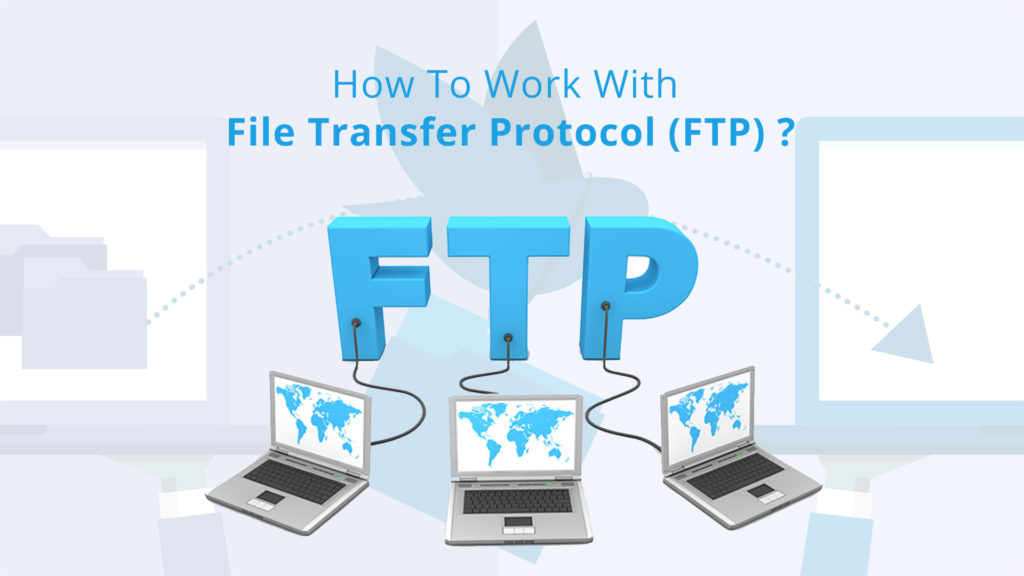The vital components, such as the need for collaboration and coordination confirm the execution, management, and modeling of the business processes. GIS plays a role as an integral tool of decision making over most business problems involving spatial components. However, location is the biggest challenge that most of the retailers’ face.
E-commerce is a term that is known by everyone and it is one of the top businesses that flourished enough for a long time. This is a modern trend as well as a revolution of commercial business.
There is a rise in e-commerce due to the geography hyper connecting this world, which indicates physical e-commerce stores must craft a bigger and better in-store experience. Many retailers gain a competitive advantage with the help of GIS technology. This article will show you five ways to how GIS can leverage the e-commerce business.
Table of Contents
The purpose of use GIS technology in E-commerce Business:
There are several reasons to use GIS mapping tools in the E-commerce sector. By using spatial intelligence, GIS can measure the region-specific marketing area, the demand of specific products to the people, roam map of a certain region, which helps fetch data on how to proceed with your business and sustain with your competitors.
These are the few valuable features that help you to understand how GIS mapping associates with the E-commerce business.
1.Navigate your site
You will surprise to know that the wrong location can harm the success of your business. GIS technology is offering a mapping service that will help a retailer to know which site is right for their store.
Selecting a site, mapping, and evaluation involves consideration of many factors such as traffic patterns, customer demand, and the local population that will drive sales. Therefore, to avoid a potentially poor location, there is a mapping tool that offers retailers the power to store, visualize, quantify, and manage site data.
2. Know your competition
With GIS technology, retailers have the power to understand where competitors are with their facility. So, it becomes vital to have a better knowledge of GIS. Beyond the spreadsheet, identifying your competition with the help of a GIS mapping tool will offer the visual representation of nearby competitors.
Moreover, competition mapping will give you the products, services, hours of operation, and marketing tactics. Adopting GIS can help retailers to have a clear and visual understanding of what is happening in their market. The insights shown with the help of mapping tools will offer promotions and customer loyalty in the face of competition.
3. Analyze customer demographics
Analyzing your customer demographics will help you to understand your customers and their shopping decisions. It is vital to know your customers and their shopping decisions to increase profitability and launch new strategies.
So, retailers must need primary customer information to make the most of the GIS capabilities. Then using GIS mapping, retailers can link this data to geographic information. It will help you to draw insights from location demographic data as well as plot a money-making group of customers and learn more about their lifestyle and behaviors.
4. Manage delivery routes
GIS is helping many e-commerce businesses in managing their delivery routes. However, GIS is a powerful tool for optimizing fleet management that will help you to inform scheduled requests, customer sites, arrival, and departure time to supply product management.
Therefore, with the help of mapping analysis, give life to complex data and connects the dots for shipping and delivery processes.
5. Explore targeted marketing campaigns
Businesses that use GIS technology can determine multidimensional representations of customers’ dislikes, likes, and purchasing trends. Through effective marketing, you can analyze patterns in the market that are helpful to communicate with your customers.
Retailers using spatial analytics help them to plan marketing personas, strategies, innovate with new media, and launch direct mail campaigns.
6. Asset management
GIS can improve the asset management of your business by providing visual information on operations. However, most of the studies show that 80% of maintenance time use in solving issues instead of preventing them.
Moreover, industries can determine how to use the asset effectively and how to reduce the cost of managing them with GIS mapping. It provides users with a map of assets. For example, there is a construction company that has numerous physical assets that can map where certain assets are in the field.
Some more industries like public work, energy companies, and utility management also use GIS for asset management. GIS also comes up with real-time asset monitoring that enables GIS to update assets immediately if they are damaged.
Final thoughts
The bottom line is that from demographic profiles to nearby competitors, GIS data reveals a world of vital information to retailers. However, you can better interpret data, improve decision making, and enhance communication by visualizing information with GIS mapping. So, if you are a retailer, then start using GIS technology to bring better outcomes from your business.

